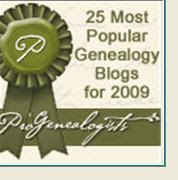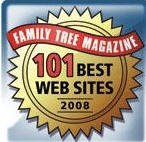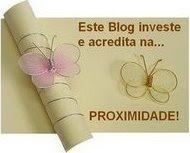Though the two women had never met, they soon were trading names, each taking stock of whom the other knew in Chicago's Jewish community.
Before long, they learned their paths had almost crossed once before—six decades ago in the Jewish ghetto of Shanghai. It turns out they were neighbors, one at 83 Wayside Rd., the other at 91, and they had some mutual friends too.
"Rabbi Ashkenazi! Sure, I know him, sure. I know Ashkenazi," Ellen Rita Winston Berland exclaimed.
"So, we know a lot of people, huh?" said Judy Kolb, whose father asked the rabbi in 1948 for a character reference to support his immigration to the United States.
The women were among a large number of Jews who survived the Holocaust in World War II Shanghai, arriving in the late 1930s from Germany, Austria, Poland and Lithuania as refugees. Although Sephardim had been present in the city since the 1800s, but it took the war to bring in masses of Ashkenazim, and at its largest, some 30,000 Jews lived in the city.
Both women have donated items to exhibits on the Jewish diaspora at the Illinois Holocaust Museum and Education Center, which is planned to be finished and open in March 2009.
The personal items include a tiny red wool dress Kolb's grandmother knitted for her in Shanghai — to the "stateless" ID papers Jews had to carry. The museum's executive director Richard Hirschaut said the artifacts will follow the sequence of personal histories juxtaposed against larger historical events.
Born in Berlin in 1922, Winston Berland's teen years were marked by restrictive Nazi policies against Germany's Jews, followed by Kristallnacht on November 9, 1938. Her parents fled first to Italy, then took a Japanese freighter to Shanghai. Most relatives left behind were sent to concentration camps and perished.
The Japanese ship - with thousands of Jews onboard - arrived in Shanghai 54 days later. There were few restrictions on entering China (Japan had occupied it in 1937) and European Jews poured in, overcrowding available space.
"We shared everything, even the washroom," said Winston Berland, now 86 and a resident of Chicago's Uptown neighborhood, describing the cramped apartment she and her parents shared with other families. "Ten people for one washroom."
In 1943, the Japanese ordered Jews into a ghetto where they were required to carry ID papers.
Winston Berland traveled by rickshaw around the city, learned to speak some Shanghainese and Japanese and worked three jobs while her father repaired watches in a corner of the apartment. One job was at a library where she met her Lithuanian husband, Arno Wischtinetsky.
She has donated to the museum her ketubah (Jewish wedding contact), signed on August 11, 1946, which spells their names in Chinese characters and identifies bride and groom as "formerly of Germany, currently without nationality." The ketubah was written on a printed form used for Chinese weddings, watermarked with a traditional Chinese wedding greeting, "Beautiful flowers, round moon."
Holocaust scholar and museum consultant Michael Berenbaum said the Chinese ketubah shows Jewish culture's ability to "acculturate but not assimilate."
Born in Shanghai, Northbrook resident Kolb, 68, has fond memories of life there.
In 1939, her father bought tickets on a ship from Germany to Shanghai; his parents did not go, believing they would be allowed to go to the US - they died in Auschwitz. Although she was born in China, she was still considered stateless, and donated to the museum her United Nations form, "certificate of identity in lieu of a passport," identifying her as a refugee. "Since I was stateless, I needed some kind of document to show who I was."
By the late 1940s, they were again moving to Israel, Australia or the US.
Kolb's family arrived in San Francisco in 1948 and became US citizens. They moved to Chicago in 1955, where her father, Leopold Fleischer, became the Habonim Jewish Center cantor.
Winston Berland and her husband went to Israel in 1949 and to the US in 1954. In America, Wischtinetsky became Winston.
At a meeting in the museum's Evanston offices they played "Jewish geography," seeing where their lives may have crossed. Long ago, Winston Berland traveled with Cantor Fleischer to a reunion of Shanghai refugees in San Francisco.
"I'm speechless," Winston Berland said when she learned she knew Kolb's father and that they had been neighbors once upon a time in China. "If I read it in a book, I wouldn't believe it."
Read the complete story at the link above.
























My father's family (Kolb's) were immigrants from Germany, however I do not know how many generations back. My grandfather, Luther Clyde Kolb, died from injuries sustained in a train derailment in 1925 in Arkansas, when my father was only 4 yrs old. I have never known any of his people, other than my grandmother's side, and, of course, his siblings. Would love to know our history, our genealogy.
ReplyDelete